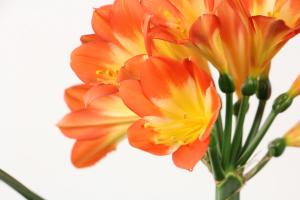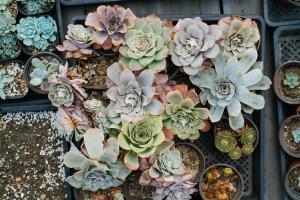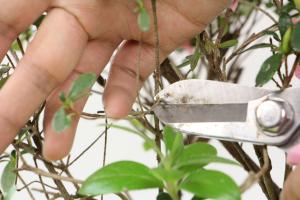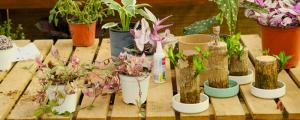Can You Plant a Plant in a Mug?
When it comes to indoor gardening, creativity knows no bounds. From repurposing old containers to turning clothes into planters, there are endless ways to add some greenery to your living space. One idea that's gained popularity recently is using mugs as planters. But can you really plant a plant in a mug? Let's explore this concept further.
The Pros of Using Mugs as Planters
There are several benefits to using mugs as planters. For starters, they're readily available and affordable. You likely have a whole collection of mugs in your kitchen cabinet that you rarely use. Rather than collecting dust, why not repurpose them as planters? Mugs are also small and compact, making them ideal for small spaces. Plus, they're perfect for succulents and other small plants that require minimal watering.
The Cons of Using Mugs as Planters
While using mugs as planters may seem like a fun and unique way to add some greenery to your home, there are some downsides to consider. For one, mugs aren't designed to be planters. They lack proper drainage holes, which means excess water can build up and cause plant roots to rot. Additionally, the size and shape of mugs can restrict plant growth, limiting the lifespan of your plant. So, while mugs may work for short-term arrangements, they may not be the best choice for long-term growing.
How to Use Mugs as Planters Safely
If you're set on the idea of using mugs as planters, there are ways to do it safely. First and foremost, make sure to choose mugs that are large enough to accommodate your plant's roots. Look for mugs that are at least 3 inches in diameter and 3 inches deep. To prevent water buildup, drill holes into the bottom of the mug or add a layer of pebbles before adding soil. You can also use a layer of activated charcoal to help absorb excess moisture. Finally, make sure to choose plants that are small and can thrive in low-moisture environments, like succulents, cacti, and herbs.
Conclusion
In short, the answer is yes – you can plant a plant in a mug. However, it's important to consider the potential downsides, like lack of drainage and restricted growth. If you do decide to use mugs as planters, make sure to choose the right size, add drainage holes, and choose plants that can thrive in low-moisture environments. With some creativity and basic gardening knowledge, you can create a unique and functional display of mini plants that will brighten up your living space.

 how many times do yo...
how many times do yo... how many planted tre...
how many planted tre... how many pine trees ...
how many pine trees ... how many pecan trees...
how many pecan trees... how many plants comp...
how many plants comp... how many plants can ...
how many plants can ... how many plants and ...
how many plants and ... how many pepper plan...
how many pepper plan...
































